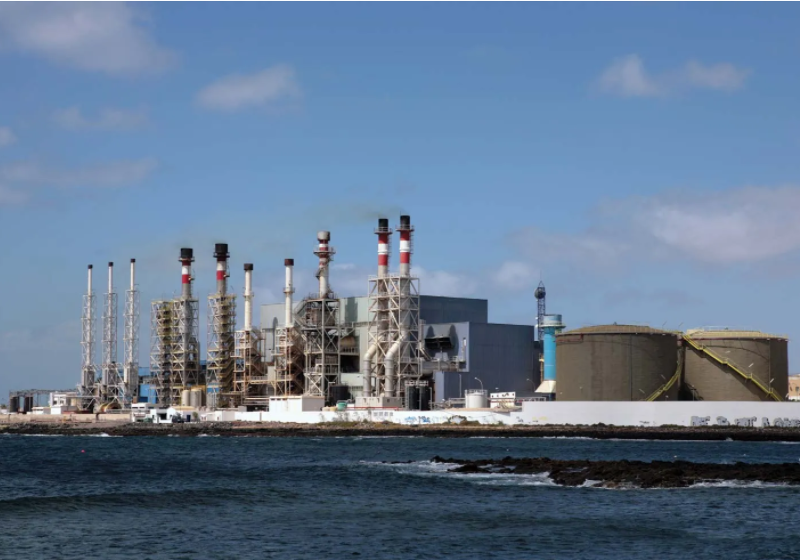High Salt Wastewater Treatment
High salt wastewater refers to wastewater with a total salt content of at least 1%, mainly from chemical plants and the collection and processing of oil and natural gas. This type of wastewater contains various substances,including salt, oil, organic heavy metals, and radioactive substances.
How to treat high salt wastewater?
- When the salinity is less than 2g/L, saline wastewater can be treated through domestication.
However, the domestication salinity concentration must gradually increase, and the system must be domesticated in stages to the required salinity level. Sudden high salt environments can cause domestication failures and delays in start-up.
- Dilute the salinity of the inlet water.
Since high salt has become a suppressive and toxic agent for microorganisms, diluting the influent water to a salinity below the toxic threshold will prevent biological treatment from being inhibited. This method is simple, easy to operate and manage.Its disadvantage is to increase the processing scale, increase infrastructure investment, increase operating costs, and waste water resources.
- When the salinity is greater than 2g/L, evaporative concentration and desalination are the most economical and effective feasible methods.
Biological treatment process for high salt wastewater?
- Regulating Tank
The main factor considered in the saline wastewater regulation pool is the change in salt concentration of the wastewater. In addition to production fluctuation cycles and impact factors, the focus should be on the change in salt concentration in the water and how to adjust it, such as the reduction of low salt water content or the impact of high salt water.
- Aeration Tank
The selection of aeration tanks should also vary depending on the type of salt present in the wastewater.
Traditional aeration methods should be used for biological treatment of wastewater with high CaCL2 content. Aeration methods such as diffused flow aerators with large bubbles and strong lifting power should also be used for aeration. Microporous aerators with small bubbles and variable pore aerators cannot be used to prevent the aeration holes from being blocked by inorganic salts, which is not conducive to the stirring of the aeration tank.
Jet aeration can also be used when the water volume is less than 1000m3. Jet aeration has high oxygen transfer efficiency and is not easy to block the aeration equipment. The aeration intensity should also be greater than that of ordinary biological treatment, around 10m3/(m2/h), or a central tube should be used to increase the lifting and stirring capacity.
- Secondary Sedimentation Tank
The surface load of the secondary sedimentation tank should have a certain margin, mainly considering the increase in wastewater density, which is not conducive to sludge sedimentation, especially for wastewater containing NaCl.
When dealing with large amounts of water, especially wastewater containing CaCL2, it is best to use a peripheral drive mud scraper to adapt to the characteristics of high sludge concentration and density. When using traditional activated sludge method to treat high CaCL2 wastewater, it is necessary to increase the sludge return flow rate appropriately to reduce the impact caused by wastewater fluctuations and improve the stability of the system.
- Sludge Dewatering
Due to the high content of calcium salts in the residual sludge of biological treatment of wastewater containing CaCL2, which is beneficial for dehydration, flocculants may not be added. The concentration of concentrated sludge can be greater than 50g/L. The amount of excess sludge is similar to that of ordinary wastewater treatment, and the design parameters can refer to ordinary sludge dewatering.
Visit www.evuchina.com for more informations!
#QDEVU #ELECTROCOAGULATION #DAF #FLOTATION #WATERTREATMENT #WASTEWATERTREATMENT #SEWAGETREATMENT #SEWAGEWATERTREATMENT #WATERFILTER #WATERFILTRATION #SLUDGETREATMENT #SLUDGEDEWATERING



